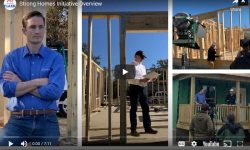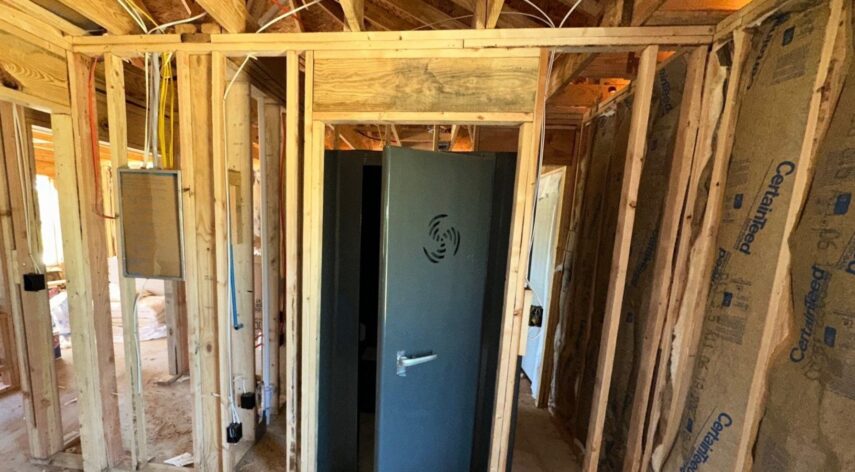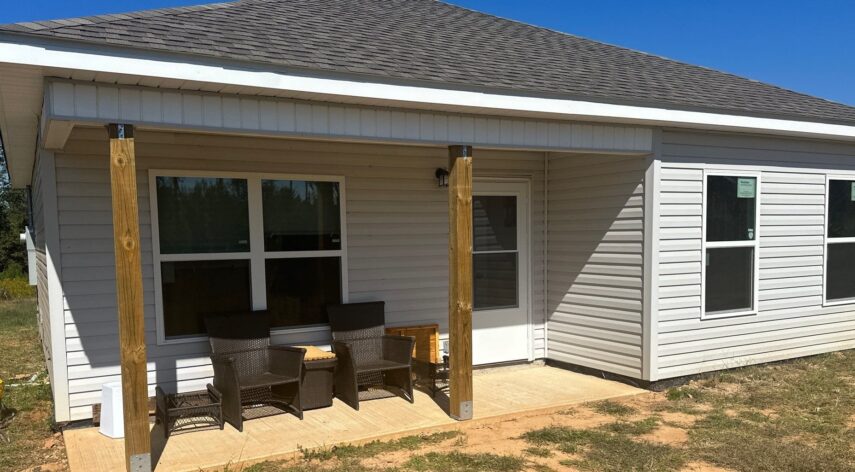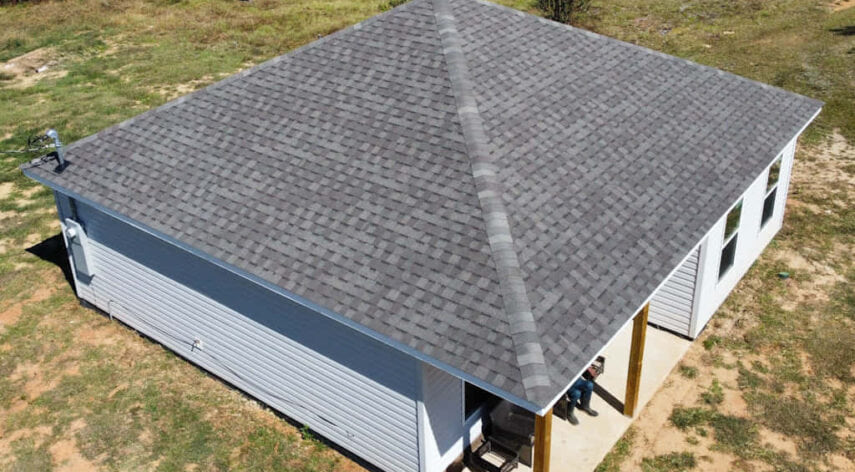IBHS FORTIFIED Gold™ - Hurricane
Use the interactive schematic to learn more about the IBHS Gold standard for construction in hurricane zones.
Follow FORTIFIED to strengthen your home against high winds, hail, hurricanes, and even tornadoes.
Engineered Wall-to-Foundation Connections
Building a singular, solid structure is the key to keeping the roof and home in place when high winds or hurricanes threaten. Roof-to-wall, story-to-story, and wall-to-foundation connections engineered to withstand severe wind and storm pressure create a continuous load path and prevent a home from being leveled.
Engineered Story-to-Story Connection
Building a singular, solid structure is the key to keeping the roof and home in place when high winds or hurricanes threaten. Roof-to-wall, story-to-story, and wall-to-foundation connections engineered to withstand severe wind and storm pressure create a continuous load path and prevent a home from being leveled.
Engineered Roof-to-Wall Connections
Building a singular, solid structure is the key to keeping the roof and home in place when high winds or hurricanes threaten. Roof-to-wall, story-to-story, and wall-to-foundation connections engineered to withstand severe wind and storm pressure create a continuous load path and prevent a home from being leveled.
Stronger Exterior Sheathing
Thicker, impact-resistant structural sheathing can withstand the flying debris that causes exterior walls to fail and allow wind and rain to ravage a home.
Pressure-Rated Windows & Doors
Storm pressure enters through windows and doors, pushing outward on walls and the roof causing catastrophic damage to the home's structure. Windows and doors that are appropriately rated for extreme weather can defend against that pressure.
Gable End Bracing
Unbraced gable ends are a critical weak link for homes hit by high winds. Additional bracing on gables stops the wind from collapsing this section of a home.
Anchored Attached Structures
When high winds flow under a carport or porch roof, it can lift up and rip off part of the house if the structure is anchored improperly. Strong anchors and proper connections on attached structures prevent this type of damage.
Reinforced Soffits
Soffits prevent driving rain from blowing up under roof overhangs and entering the attic, but they're often installed with inadequate support. Using extra bracing and some additional fasteners will keep the soffit in place.
Chimney Bracing
High winds can tear chimney framing off a home's roof, leaving a hole in the roof and allowing interior damage from rain. Building chimneys anchored to the home helps spread the load and prevents tear-offs.
Impact & Pressure-Rated Garage Doors
Wind and storm pressure can quickly come through a compromised garage door, leading to blown-out walls and collapsed roofs. Installing garage doors rated to withstand high pressures and with windows rated to withstand impact from windborne debris (in hurricane-prone areas) prevents garage doors from failing.
Impact Protection for Windows & Doors
Installing window and door protection tested to withstand pressure and impact keeps rain and storm pressures from penetrating the home and quickly escalating damage.
Wind and Rain-Resistant Attic Vents
High winds can pull typical attic vents loose or drive rain sideways, allowing water to enter the home through the vents. Installing attic vents designed to resist wind and rain prevent that water intrusion.
Impact-Resistant Shingles
Using shingles tested to withstand hail up to 2 inches in diameter better protects a home than typical class 4 shingles when tested against realistic hailstones.
Locked Down Roof Edges
When the wind gets underneath the roof edge, it can damage the roof by ripping it away from the home. Using specific materials and installation methods, including a wider drip edge and a fully adhered starter strip, creates a stronger edge system.
Sealed Roof Deck
When wind rips off roof coverings (like shingles, metal panels, or tiles), water can pass through the gaps in the wood beneath and enter the home. Sealing the seams of a roof deck can reduce water intrusion by up to 95%.
Enhanced Roof Deck Attachment
Keeping the roof deck attached helps block storm pressure from entering the home. Switching from common smooth nails to 8D ring-shank nails and decreasing the space between nails can double the uplift a roof can withstand.













